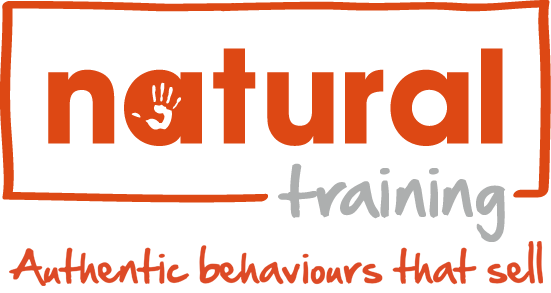Presentation Skills: How to Break the Ice
One balmy night in Melbourne recently I was one of 12,000 people who went along to see Dr John Gray give a presentation.
Gray, author of “Men are from Mars, Women are from Venus” had been held up at the airport.
Gray’s warm-up guy had run out of material 10 minutes ago, and the audience was getting edgy.
Eventually Gray ran on to the stage.
He opened with this:
“Hi everyone, sorry I’m late. But luckily it gave me some time to gaze into my crystal ball. Let me tell you all what you’re all thinking.”
“Girls, you want to try and understand more about your partners so that you can build on your relationships and work out why he’s like he is. Guys, you’ve been doing an approximate head-count, multiplied it by the ticket price and worked out how much money I’m earning tonight!”
He got some laughs from most of the crowd, and the ice was broken.
The point is this: Dr Grey used an icebreaker, or creative opening to disarm the audience and get them on side.
However, for every good creative opening to a presentation, there’s probably 5 bad ones.
What makes a good icebreaker, and what makes a stinker?
Second bit first.
You have probably witnessed some horrible icebreakers. The reason they are horrible could be:
a. They are totally irrelevant to the presentation
b. They aren’t funny, or witty, or even interesting
c. You have seen or heard it before
d. You and the rest of the audience are in some way implicated, and/or embarrassed.
So the golden rule would appear to be: If there’s even the slightest chance that your icebreaker won’t work, or will be misunderstood, or will be potentially offensive, then PLEASE don’t do it.
Why?
Because if it bombs, it will continue to stink throughout the presentation. And making a presentation is hard enough without dealing with a cringing audience.
Done well however, icebreakers can work to engage the audience and most importantly to get your point across in a memorable way.
Sometimes an element of risk isn’t such a bad thing.
In advertising folklore is this icebreaking story:
An agency was pitching for a large public transport client – a client not noted for exceptional client service.
When the clients arrived at the agency, they were kept waiting in a noisy and unclean reception environment for 20 minutes.
Then the presentation started. The agency’s icebreaker? The following simple statement: “Sorry to keep you waiting, but that’s how your customers feel about you.”
A risky icebreaker, but it worked.
Before you craft the world’s best icebreaker, keep the following in mind:
- Only juggle if you’re talking about juggling! If your icebreaker doesn’t support the main message of your presentation, then it’s likely to fall flat. Your icebreaker should enhance, not distract from your message.
- Forget about the element of surprise. Test your icebreaker on as many people similar to the audience as you can, thus limiting the chance of it working against you.
- Don’t be limited to “fun”. Many people think of icebreakers as something to amuse or entertain. They can be, but they don’t have to stop there. They can be thought provoking, emotionally charged or simply interesting. They can include quotes, a story, a question (show of hands), a competition, guest speakers, audience interaction, and even silence.
The bottom line?
Icebreakers can be risky, so careful thought needs to be put in to ensure they are relevant to your message. Done well, they can be memorable and an effective way to connect with your audience.
For more information about Natural Training and how we can help you with presentation skills training, get in touch or sign up to our newsletter below.
Got a comment?
Catch us on Social Media and join the discussion!


